‘Back together, celebrating Match Day’

Together again. A tight-knit group, the Class of 2022 at Washington University School of Medicine in St. Louis gathered in person and with their loved ones Friday, March 18, to celebrate Match Day, the momentous milestone when U.S. medical students learn where they will train as residents after graduation.
For many, the ceremony allowed collective, palpable excitement — an atmosphere not experienced by the group since before the pandemic. COVID-19 has circumvented rituals such as Match Day, which was virtual in 2020 and modified with safety restrictions in 2021.
“I cannot emphasize enough how great it is to be back together, celebrating Match Day,” said Kathryn M. Diemer, MD, the School of Medicine’s assistant dean for career counseling and a professor of medicine who has overseen Match Day for 22 years. “This class has gone through so much and, throughout the hardships, they’ve shown amazing resilience. I am so proud of them.”
Cheering and clapping echoed throughout the Eric P. Newman Education Center on the Medical Campus as students strutted — or danced — across the auditorium stage and opened envelopes that revealed the names of the institutions where they will begin their residency training in July.
Students held hands, high-fived and jumped with joy. Happy tears flowed.
“I was more emotional with this Match Day ceremony than any I can remember,” Diemer said. “I was laughing one minute, wiping tears the next. I don’t think I have ever had so many hugs from students and their families.
“I got to know this class so differently than any other before, mostly on Zoom,” Diemer reflected. “But by Zoom, I also met their partners, who would sometimes be included in a meeting. I met their babies, kids and even their pets. I saw where they lived. While you would think Zoom would be more impersonal, I got a glimpse of their lives outside of medical school.”
As harrowing as the pandemic has been, class president Joanna Kim believes she and her classmates “will be forever bonded” to one another and Washington University. “We were in medical school during one of the most challenging times in history,” said Kim, who matched in orthopedic surgery at New York-Presbyterian Hospital-Columbia University Medical Center in New York. “We entered the clinical environment for the first time in the midst of COVID-19, worked through constantly changing environments, took care of patients and navigated these challenges despite so much uncertainty. It has made us stronger, fearless and more flexible as medical students, and it has given us valuable skills that will make us better physicians.”
COVID-19 influenced Chinwendu Amazu to pursue residencies near her family in Maryland. “I’m coming back home,” she tearfully and joyfully announced to her classmates after opening an envelope revealing that she had matched in anesthesiology at Johns Hopkins Hospital in Baltimore.
Additionally, the pandemic inspired her decision to specialize in anesthesiology. “I want to be a front-line provider taking care of acutely, critically sick patients and helping to ease their suffering,” said Amazu, who will earn an MD/PhD in May. “I was raised by two powerful women, my mom and my grandmother, and they cared for me with the same calling I have for healing, teaching and protecting.”
For Taylor Cogsil, COVID-19 further motivated her to fulfill her lifelong ambition of becoming a doctor. “It has been my goal for as long as I can remember,” said Cogsil, who matched in orthopedic surgery at the Hospital for Special Surgery in New York.
“I wouldn’t miss the Match Day celebration for the world,” Cogsil said. “Getting to be together is part of what makes it a tremendously special event, and I am thankful to have experienced this milestone surrounded by classmates, friends and family.”
Many of the university’s multitalented medical students will stay in St. Louis for residencies at Barnes-Jewish and St. Louis Children’s hospitals. Others matched at hospitals throughout the United States, including Massachusetts General Hospital, Brigham and Women’s Hospital and other hospitals affiliated with Harvard University; University of California, San Francisco, Medical Center; Yale New Haven Hospital; the Mayo Clinic in Rochester, Minn.; the Cleveland Clinic; New York University Grossman School of Medicine; UCLA Medical Center in Los Angeles; McGaw Medical Center of Northwestern University in Chicago; Vanderbilt University Medical Center in Nashville; Hospital of the University of Pennsylvania in Philadelphia; Icahn School of Medicine Mount Sinai Hospital in New York; Duke University Medical Center in Durham, N.C.; and hospitals affiliated with Stanford University in Palo Alto, Calif., among many others.
Highlights involving this year’s soon-to-graduate class:
- Of the 107 matched students, 31 will begin their training at Barnes-Jewish Hospital and two at St. Louis Children’s Hospital.
- Besides Missouri, the states where the greatest number of School of Medicine students will train include California, New York, Illinois, Massachusetts and Pennsylvania. Altogether, this year’s class will be represented at hospitals in 25 states, Washington, D.C, and Puerto Rico.
- With 29 students, internal medicine is the most popular specialty for residency training.
- The next popular specialty is surgery, with 24 students. Of those, the most chosen areas are orthopedic surgery, with nine; general surgery, seven; and neurological surgery, four.
- Overall, the National Resident Matching Program recorded 47,675 applicants registered and 39,205 positions offered. Since 1952, the National Resident Matching Program has acted as a clearinghouse to fill positions at U.S. teaching hospitals, pairing the preferences of graduating medical students with those of residency program directors. Based on ranked lists provided by both groups, a match is generated by a computerized mathematical algorithm.
Click photos to enlarge.

51955193285_110b77bb7c_b
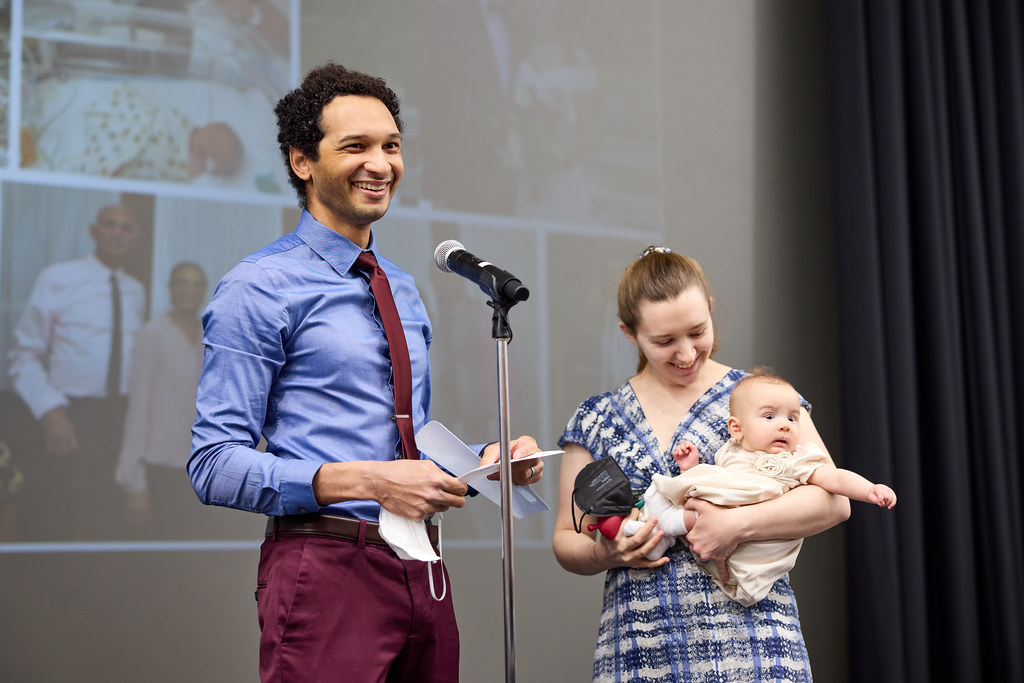
51954903284_7dd80cf0e9_b
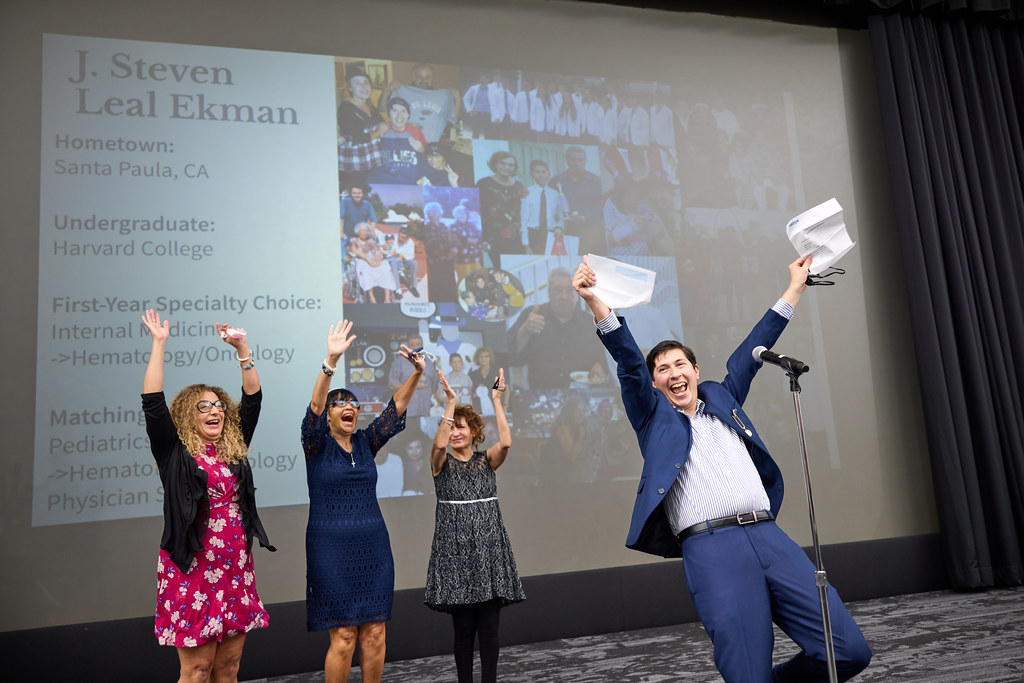
51954670658_979e710bf8_b
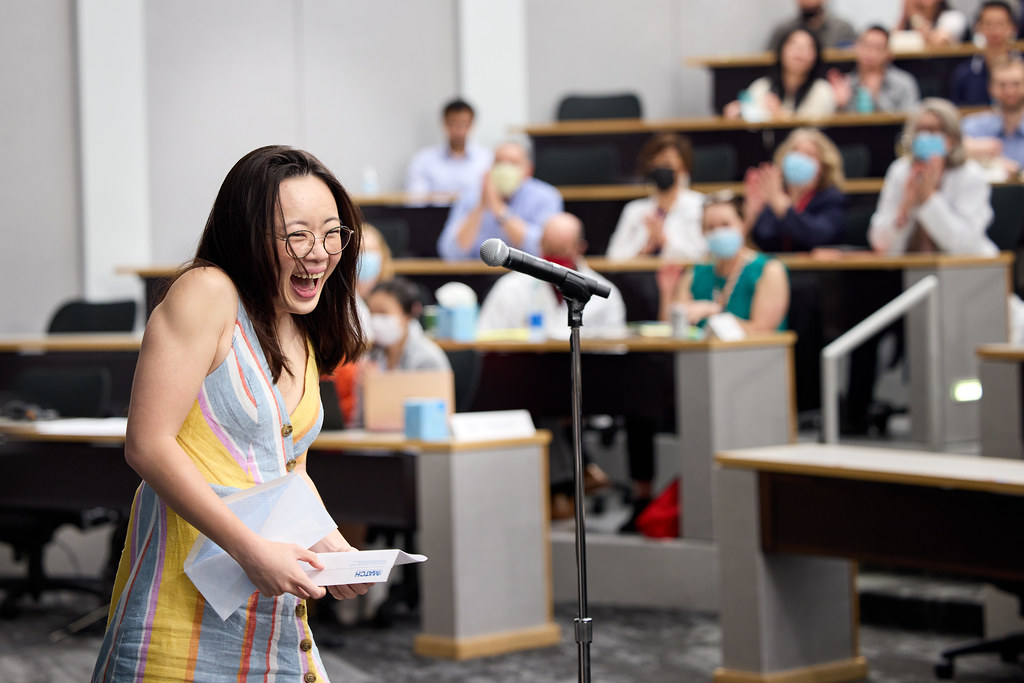
51955192130_a043cf9a7f_b
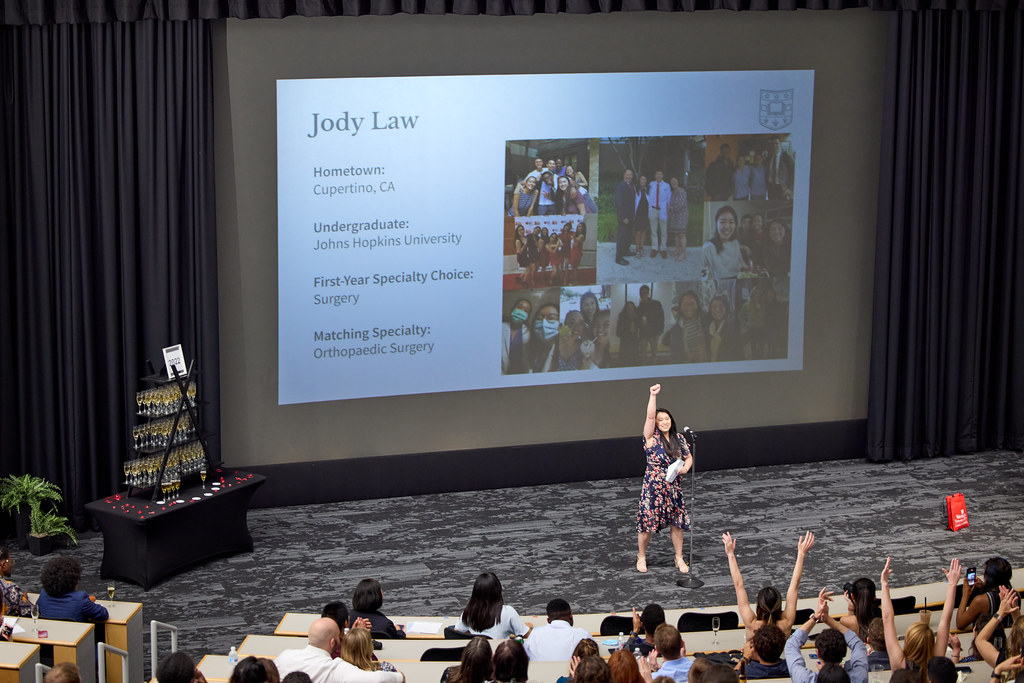
51953607137_b0b9778d70_b

51954601166_0a8486d5e2_b
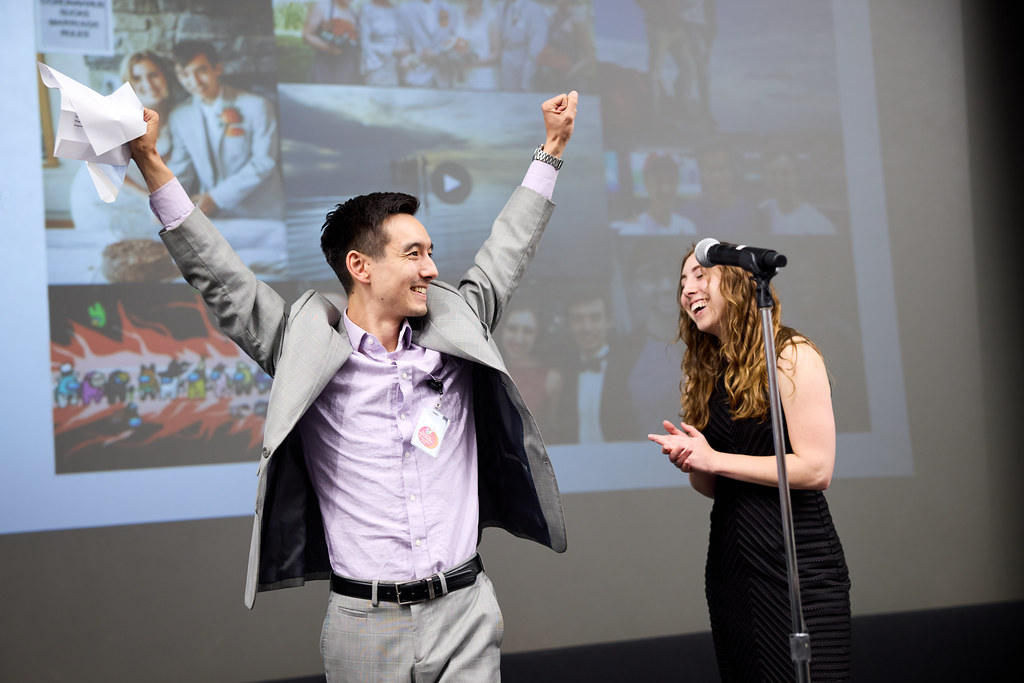
51953610762_ac5894c06c_b

51955191240_73b5ec834e_b

51954668293_cf1d6ef8ac_b
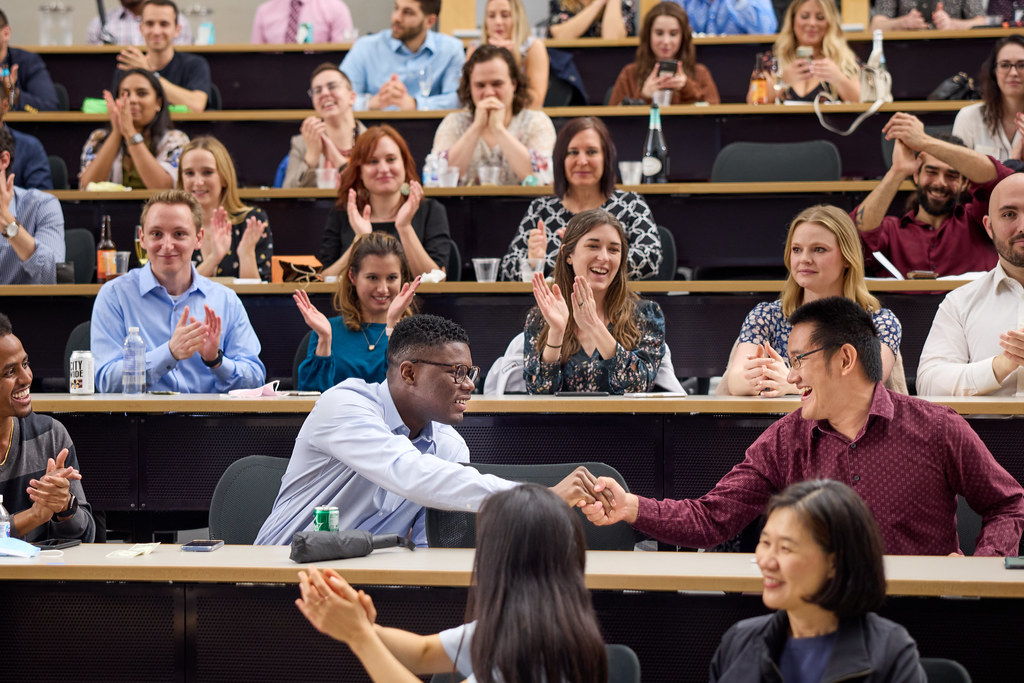
51955190030_191ac0858d_b

51954599181_ae39ff7d2e_b

51954899694_38bc4cf6d1_b

51954899929_c67874c5a4_b
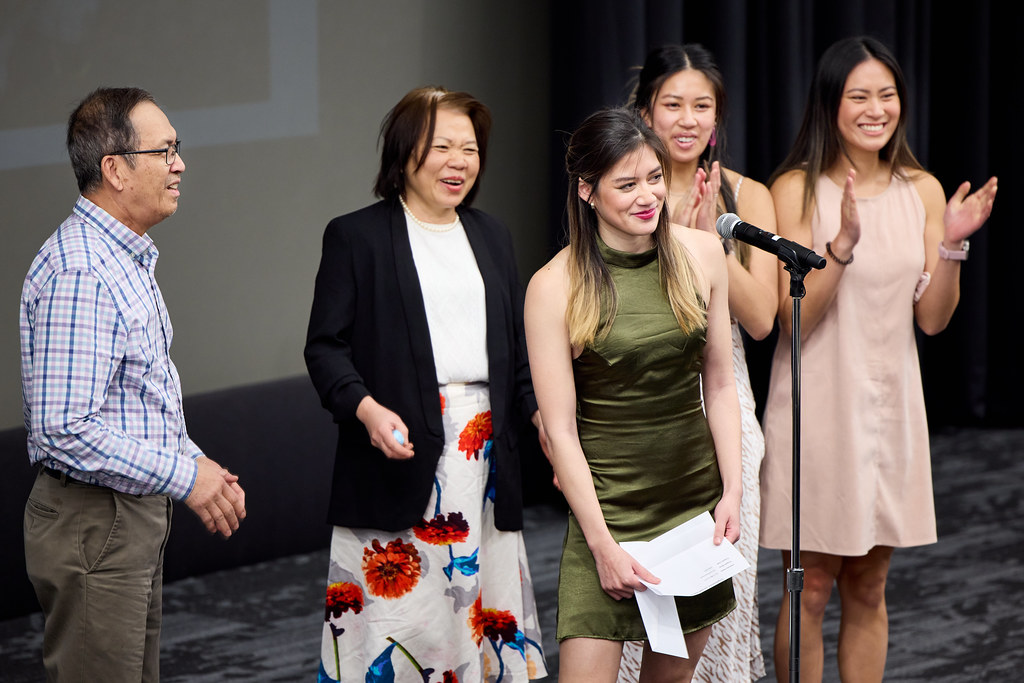
51953608977_3f85af8583_b

51954899164_dc02e60e01_b

51954666188_02c5fd1b2e_b

51953608142_a72694a3e4_b

51953607342_759247bb53_b

51954597496_55177eb8df_b
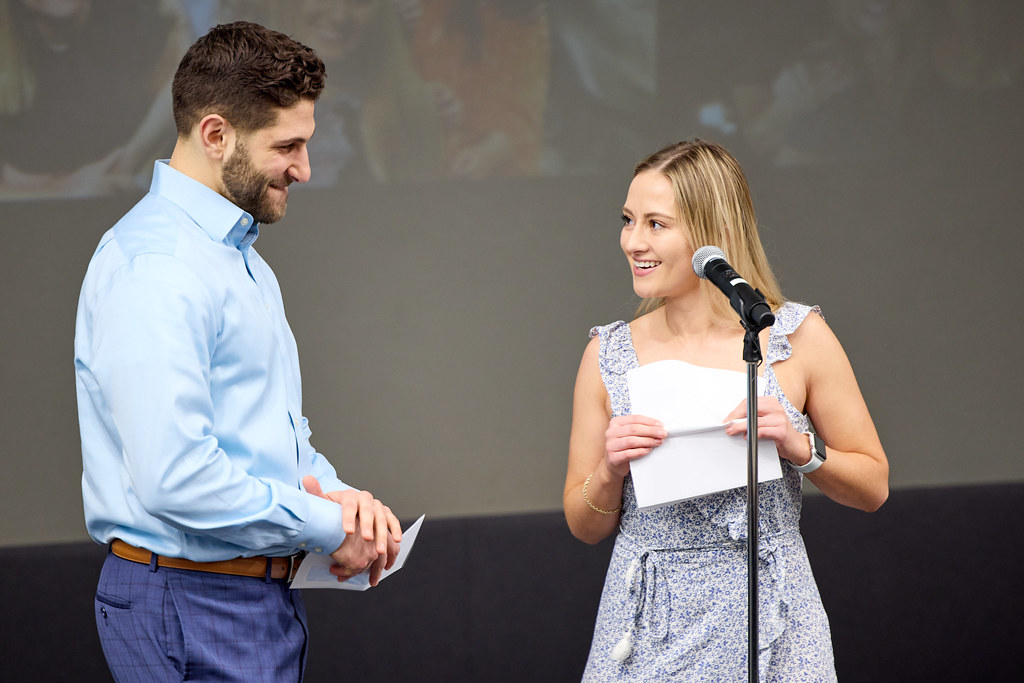
51954901679_0380cc428e_b

51954664568_8ca6a63450_b
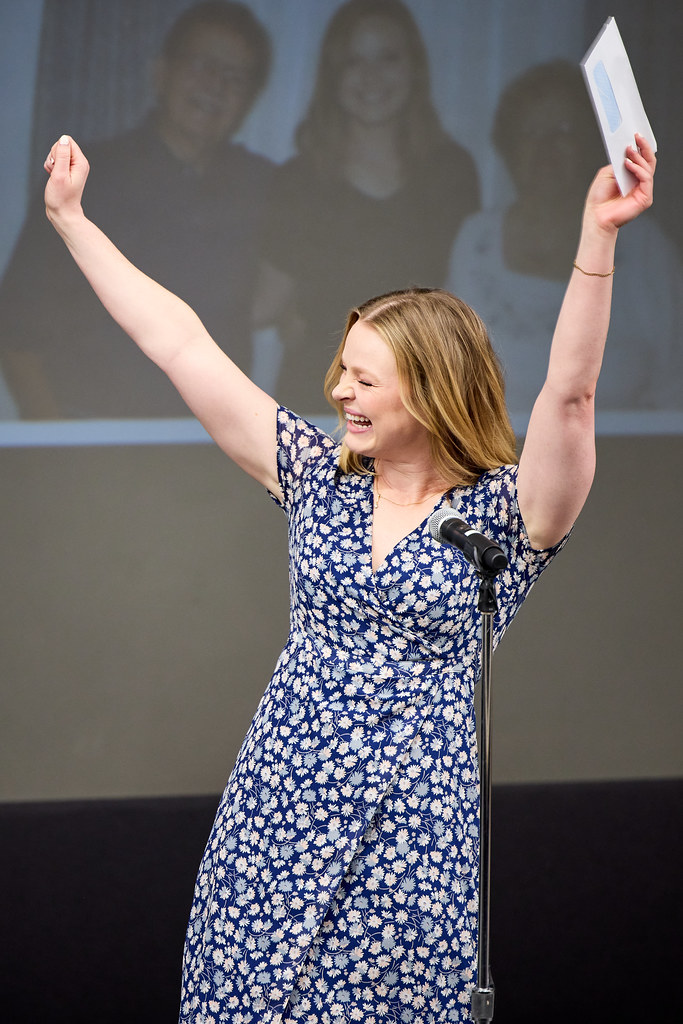
51954665098_9bc49ea6d0_b

51954897014_9e20e81866_b

51954664118_a18dbb0416_b
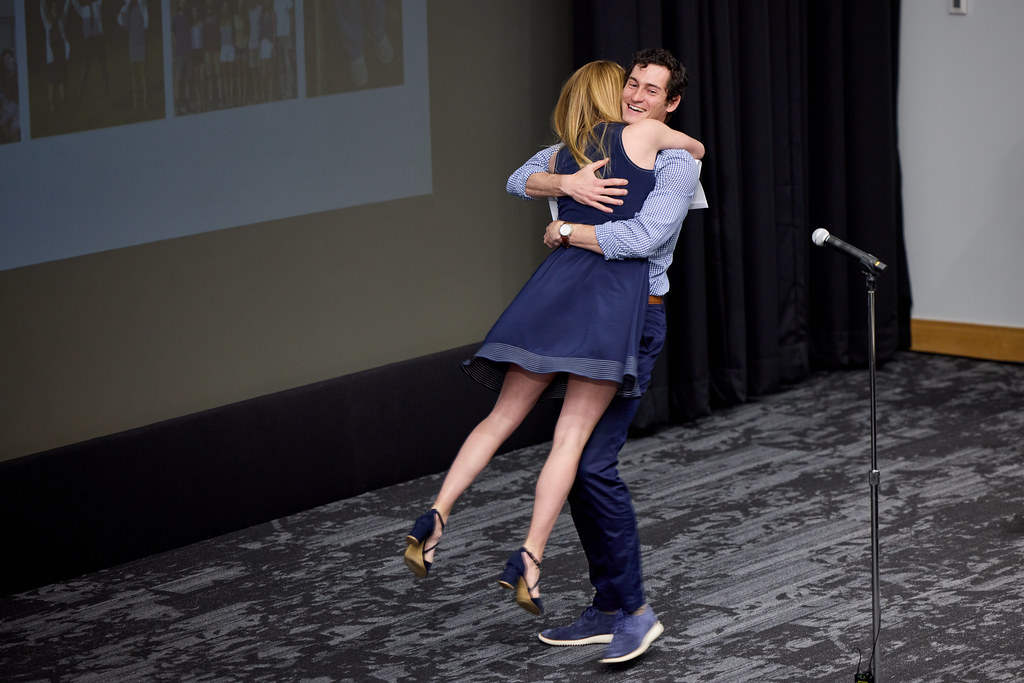
51954896624_6ca023a7eb_b

51954663813_47ee32478e_b
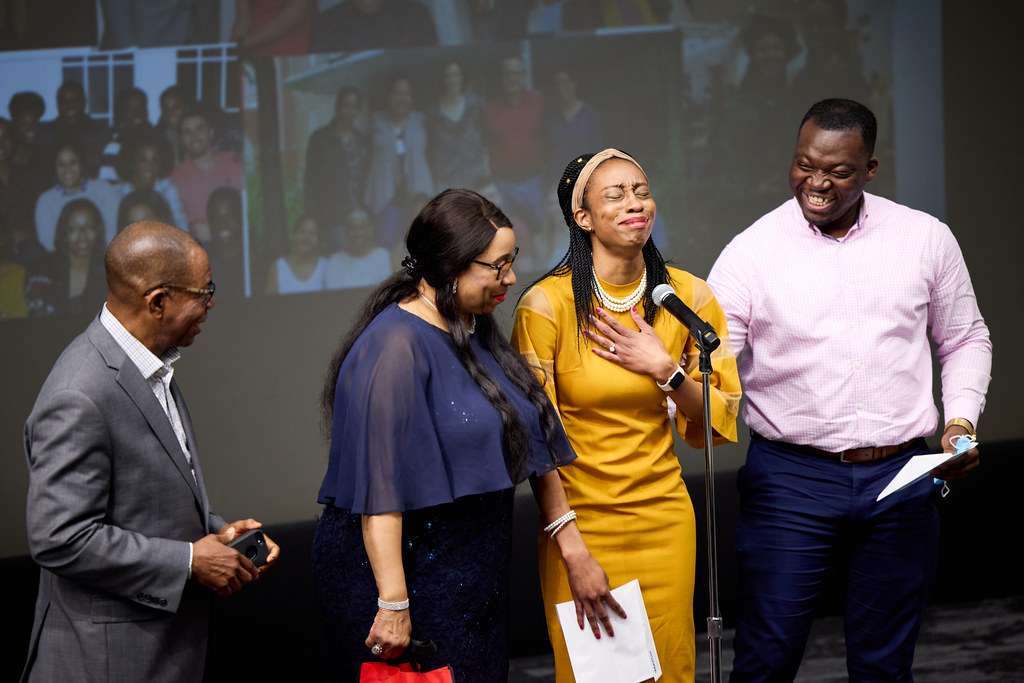
51954595271_0915374551_b

51954895279_c6dd5e3e6c_b
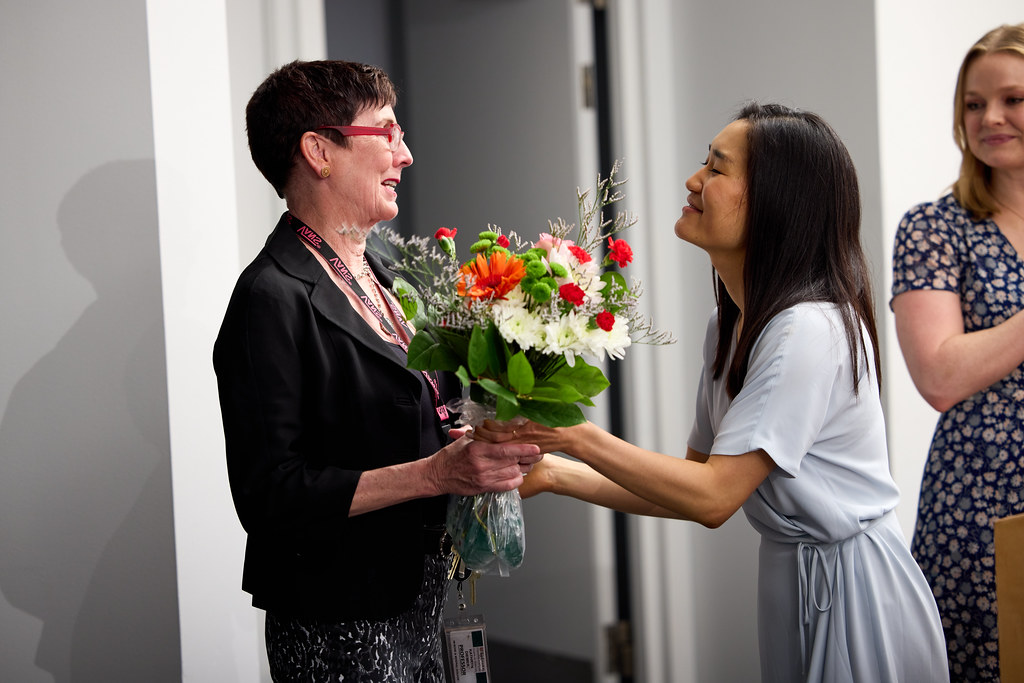
51955185865_99523bdb21_b
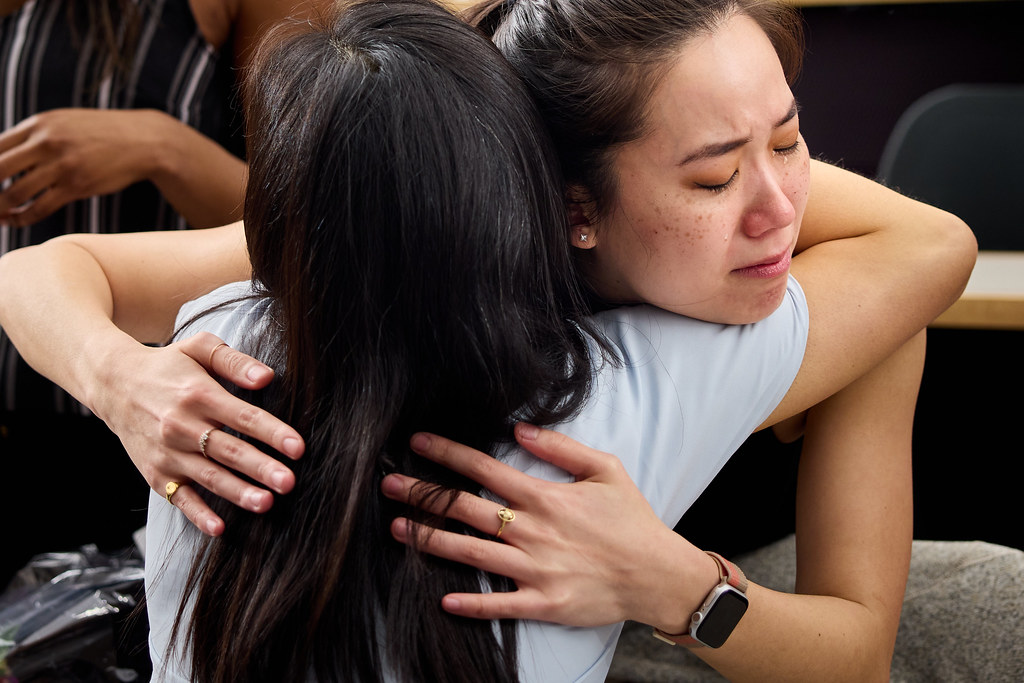
51954594686_8b1b9f5936_b
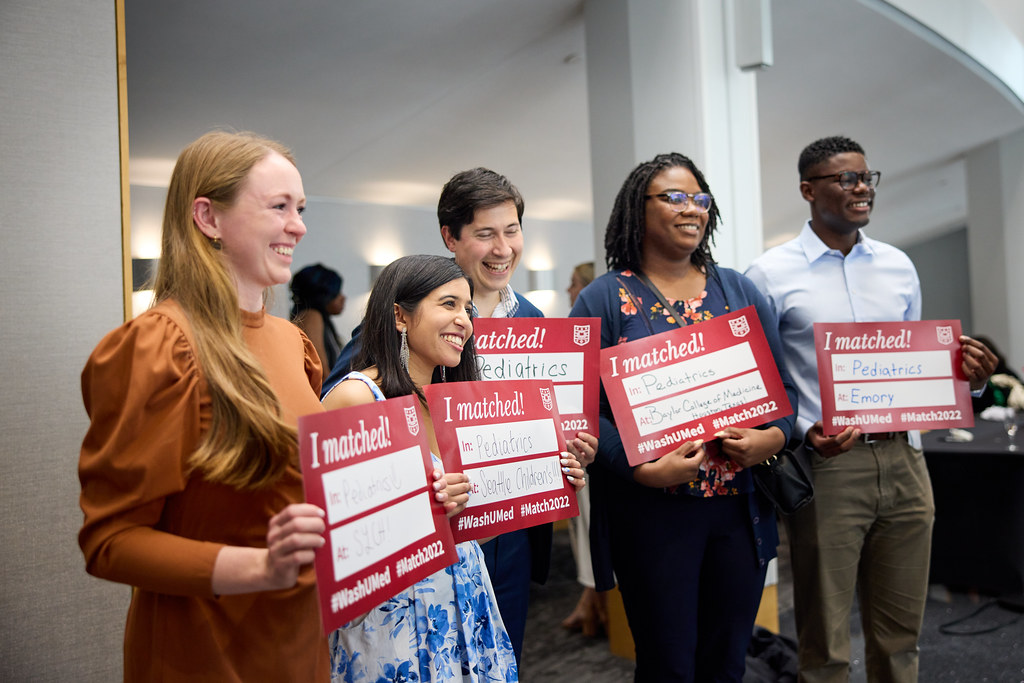
51954662153_e4ec65cc86_b

51955185390_a099dfca25_b
Source: Read Full Article